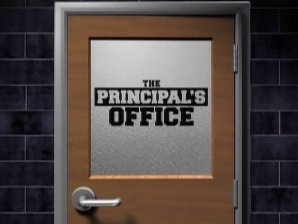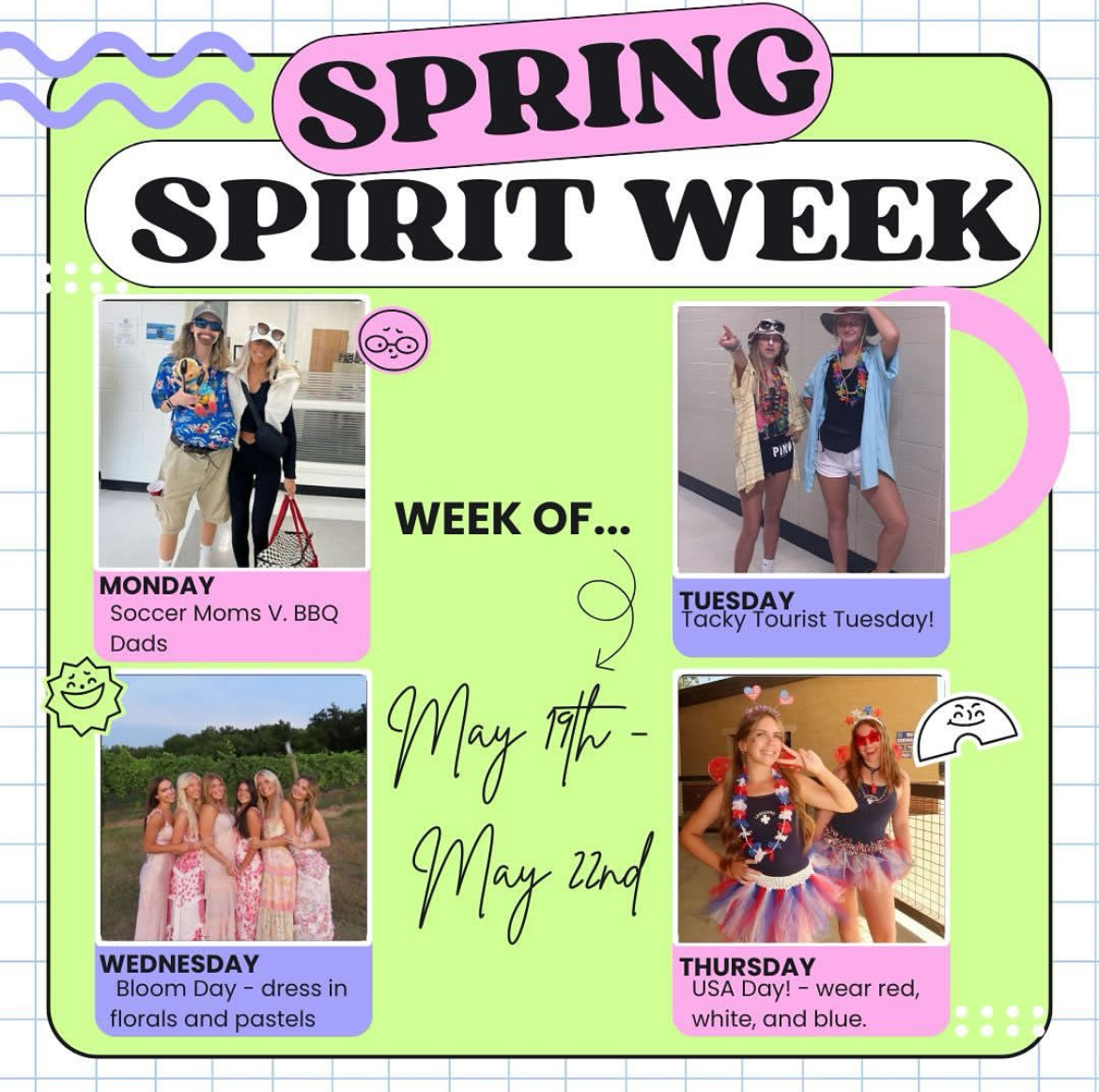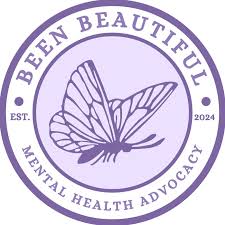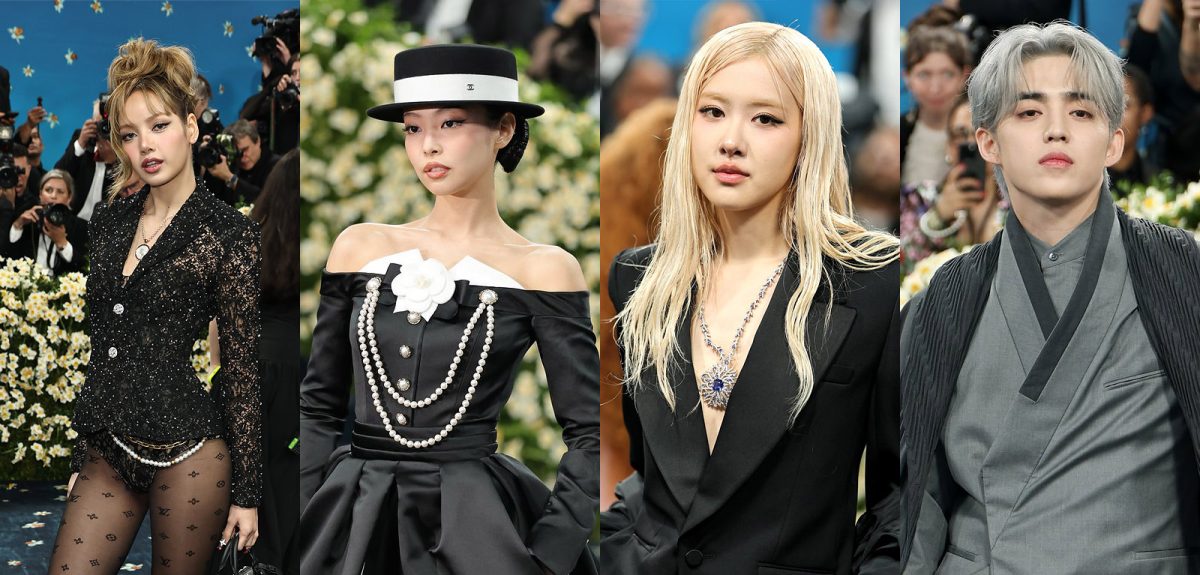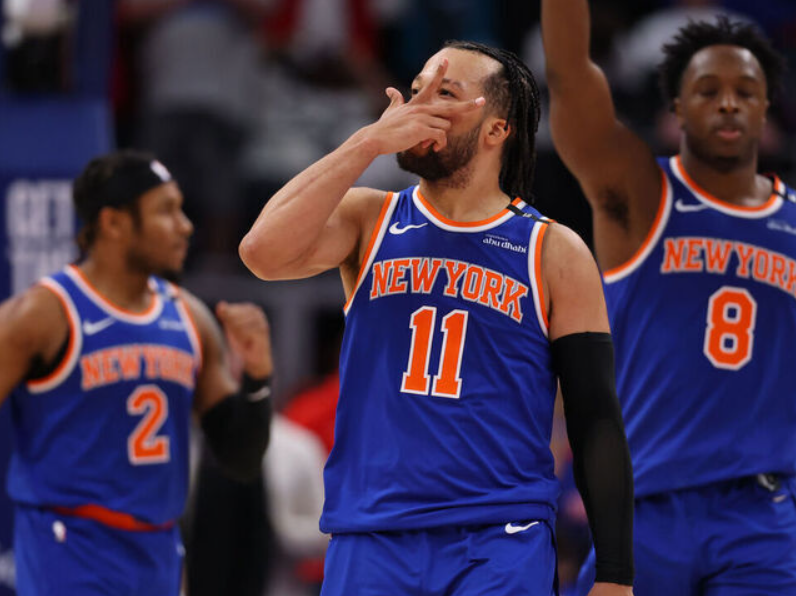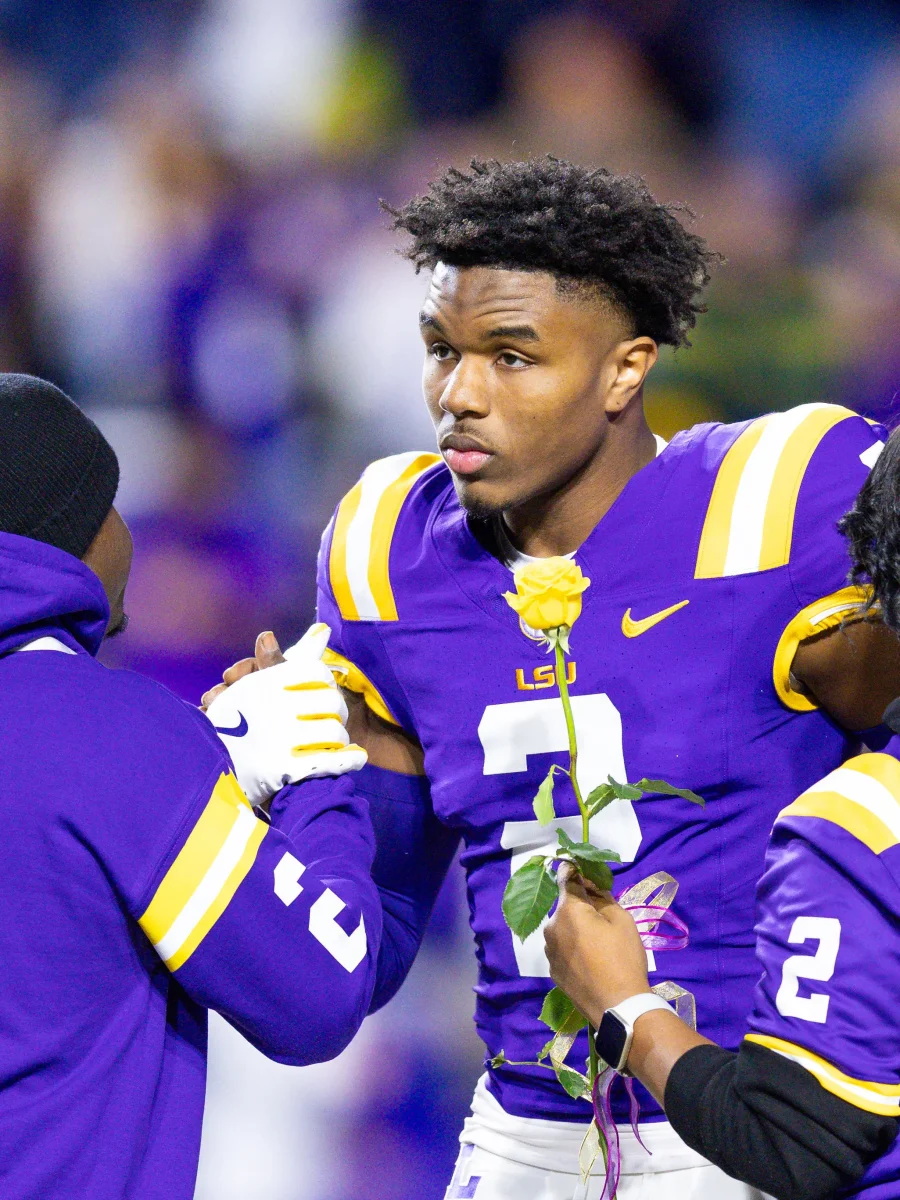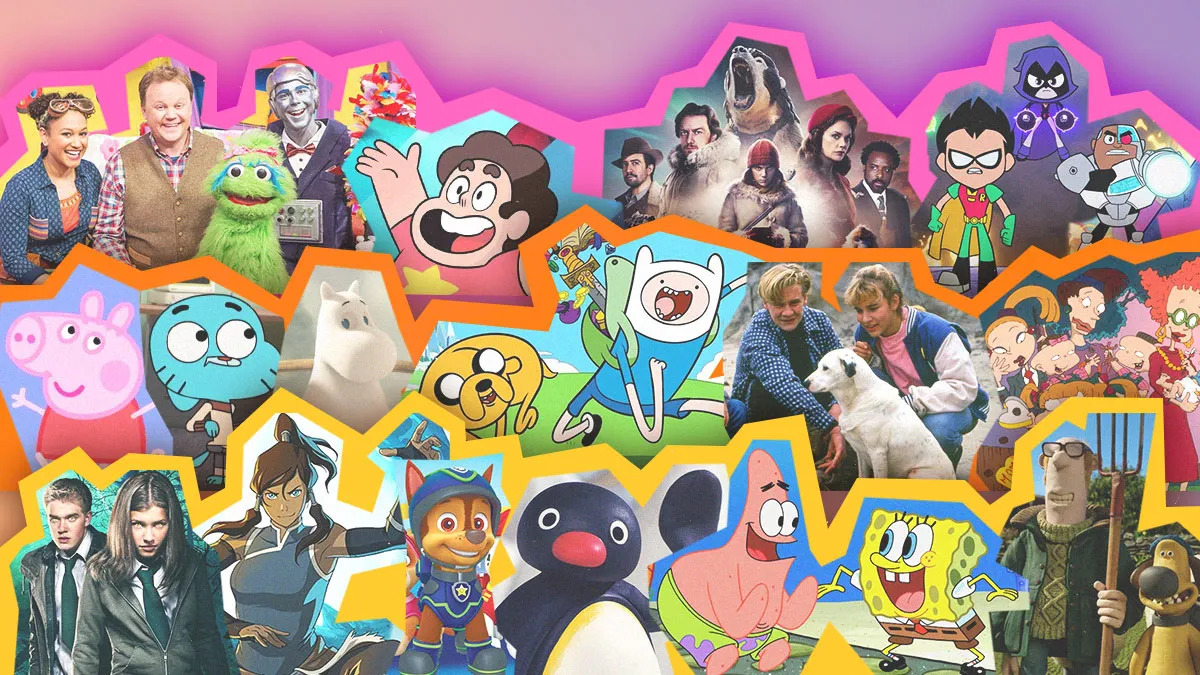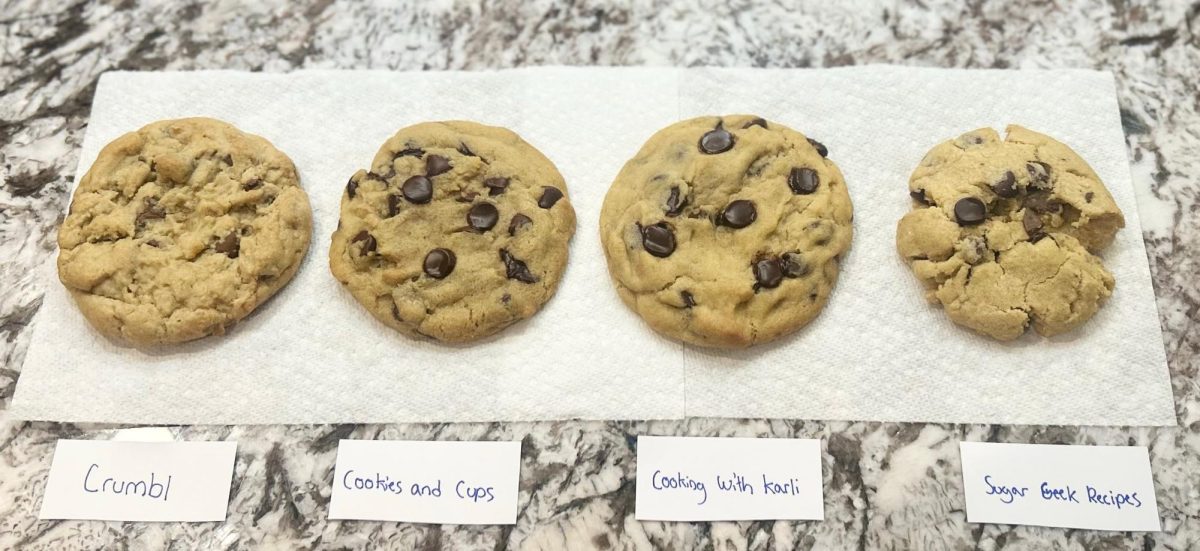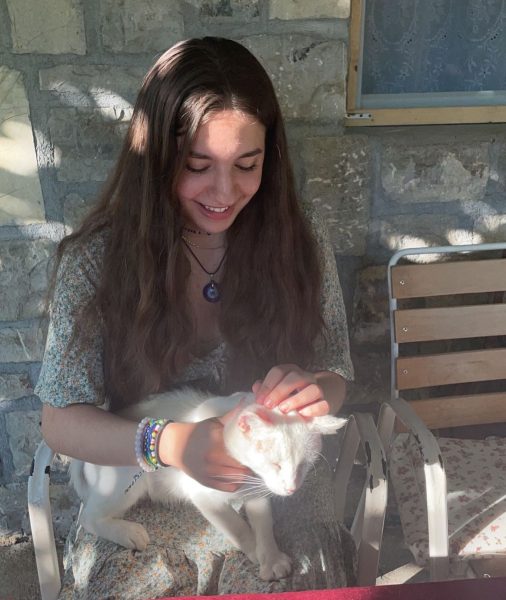In my early years, I consumed media just as much as any other child growing up in the early 2000s. Whether through literature, television series or movies, I always seemed to find comfort in the characters I could relate to. Sometimes I saw my own hobbies, interests, or mannerisms, but for the most part, it was through physical appearance. I would see the staple brown hair, brown eyes and fair skin, and knew that I lived in a world with people just like me. And although there may have been characters who didn’t have traits like my hair color, as long as they were white, I could simply put a wig on and still resemble them. If you’re like me and are privileged enough to have grown up feeling “normal”, you don’t always notice the true harm that standard television films inflict on the world, especially children. At such young ages, children rely on what they see and the content they intake to shape their views of their own environment.
The “norm” or status quo is often determined by what is seen and portrayed most commonly on public outlets. This means that when something isn’t represented often, it isn’t considered normal. When LGBTQ+ children only grow up seeing straight relationships on TV, they’ll have difficulty coming to terms with their sexuality and identity, and spend the majority of their young life in denial. They’ll most likely have internalized homophobia because they are constantly being told that what they feel is unlike anyone else. Because of this, “compared to their heterosexual peers, LGB[T]Q… youth are three times as likely to have thoughts about suicide,” according to researcher William Hall.
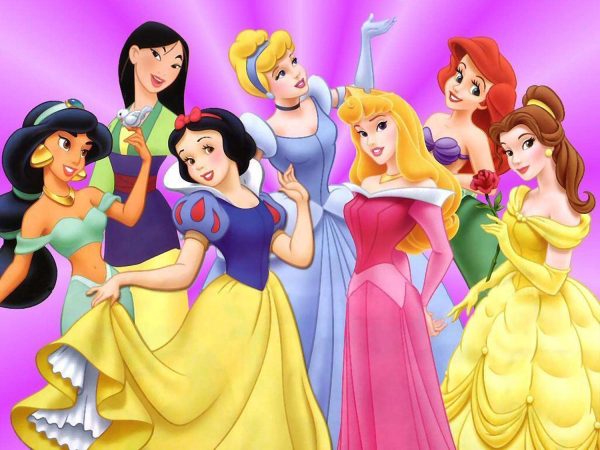
A further lack of representation is racial representation. There is especially a deficit when acknowledging characters who are biracial, West-Asian, Pacific-Islander, or Native and Indigenous. Actually, one of the main shortfalls of racial representation seems to be within the Hispanic community. According to George Winslow at TV Technology, “Latinos make up only 5% of speaking roles in film.”Considering the fact that there are over 60 million Hispanics in the US alone, that is absurd. Movie and show characters are often people that children look up to, or see themselves in. With these continuous roles of under-representation, white straight kids are seen as the “default”, and minority children are treated like they are unimportant. Researcher Kyra Albers states that “until the release of Aladdin in 1992, all of the Disney princesses were white; now five of the official princesses are non-white.”There are 12 official Disney princesses. Over half of these characters are white, even though these are meant to be characters that display women and royalty around the entire world. There can’t just be one princess of each race to have it be checked off the list and moved on from; there needs to be a multitude of different races, multiple times.
Even if minority communities are represented, the way in which they are adds to the issue. With many oppressed groups come stereotypes. For example, LGBTQIA+ characters are seen as alternative, or “edgy.”Lesbians for one are always portrayed as masculine and angsty, and gay males are displayed as feminine and catty. With racial stereotypes, the loud and crazy black characters, sassy and bossy Hispanic characters, and nerdy Asian kids are always displayed in one way or another. And of course, there is the sexualization of women in almost every project created. In fact, George Winslow states that “characters of color in shows most watched by children ages 2-13 are more likely to be depicted as violent, and women of all ethnic-racial groups in adult programming are more likely to appear in sexualized roles” (TV Technology). With these enforced traits, children may have identity issues and confusion when evolving into their own person, feeling as though they must be doing something wrong on a day-to-day basis. Researcher Jay Poole actually says that “for those whose lives don’t conform to such constraints, anxiety and depression often manifest, often creating significant clinical concerns.” Most of the time too, characters who are of the minority are constantly side characters, or treated as the “token” person in that film. They’re always the best friend of the main character, the random lab partner, significant other, and so on. It is so rare that they seem to be the main character who actually thrives in life and has more to their personality beyond race and sexuality. And of course white, straight, or male children absorb these stereotypes and form prejudice and unfair misconceptions of people around them.

Showing children the true and accurate version of the real world around them will educate them on racial and ethnic differences that should be celebrated and understood. With television that has diverse characters and those of different backgrounds, comes the fostering of compassion with their audience, and can even lessen future racial biases. Southwest Human Development says that “at just 3 months old, babies can recognize race, and [they can] develop racial biases by the age of 3.” Children learn from their surroundings and display that knowledge in their later years. What they watch directly impacts how they treat each other, so there is a huge opportunity to inform them about cultures they are not a part of and teach them to be respectful and open-minded about differences. They can gain perspective, and this may even eventually decrease bullying since most of it is targeted towards minorities for things they cannot control such as religion, food, or clothing
Abundant and accurate representation is necessary in promoting comfortability and a sense of understanding in the younger generations. Without it, the risk of more harmful stereotypes and discrimination runs heavily.






